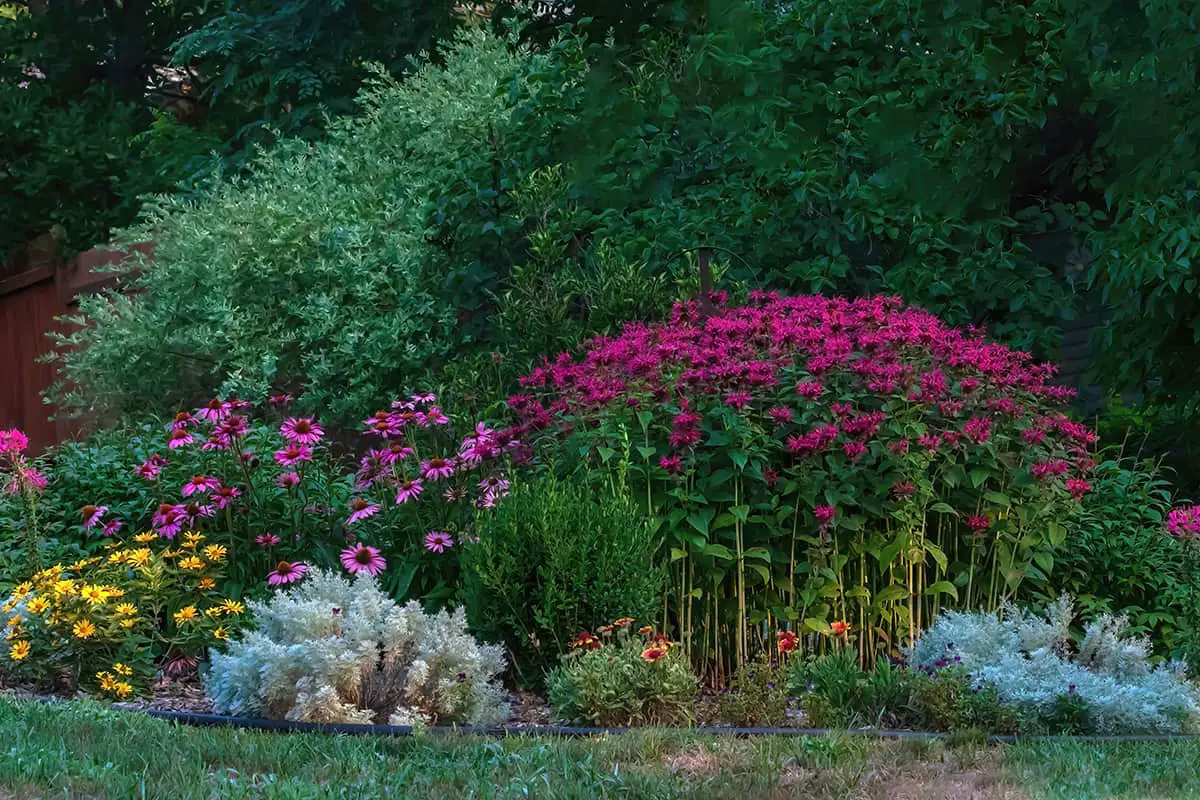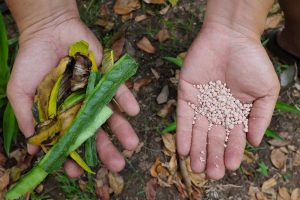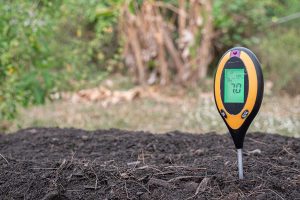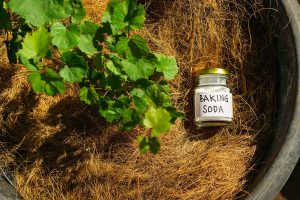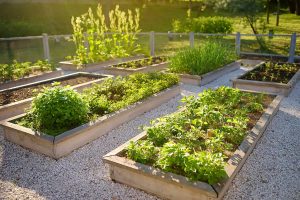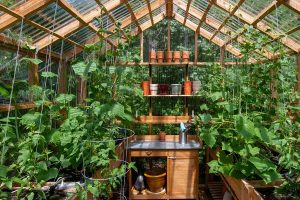Perennials are the backbone of many gardens, providing color and texture year after year. If you’re searching for some truly long-lasting perennials to add to your garden, we have a fantastic list for you. These plants require minimal maintenance, allowing you to enjoy their beauty for decades with little effort.
Table of Contents
- Defining Perennial Flowers
- Characteristics Of Long-Living Perennials
- Popular Long-Living Perennials
- Peonies
- Hostas
- Daylilies (Hemerocallis)
- Coneflowers (Echinacea)
- Black-Eyed Susans (Rudbeckia)
- Siberian Iris
- Russian Sage (Perovskia)
- Lavender
- Sedum (Stonecrop)
- Astilbe
- Shasta Daisy (Leucanthemum X Superbum)
- Bleeding Heart (Dicentra Spectabilis)
- Coral Bells (Heuchera)
- Phlox
- Salvia
- Bee Balm (Monarda)
- Lupines
- Garden Chrysanthemums
- Catmint (Nepeta)
- Yarrow (Achillea)
- Hellebores (Helleborus)
- Goldenrod (Solidago)
Defining Perennial Flowers
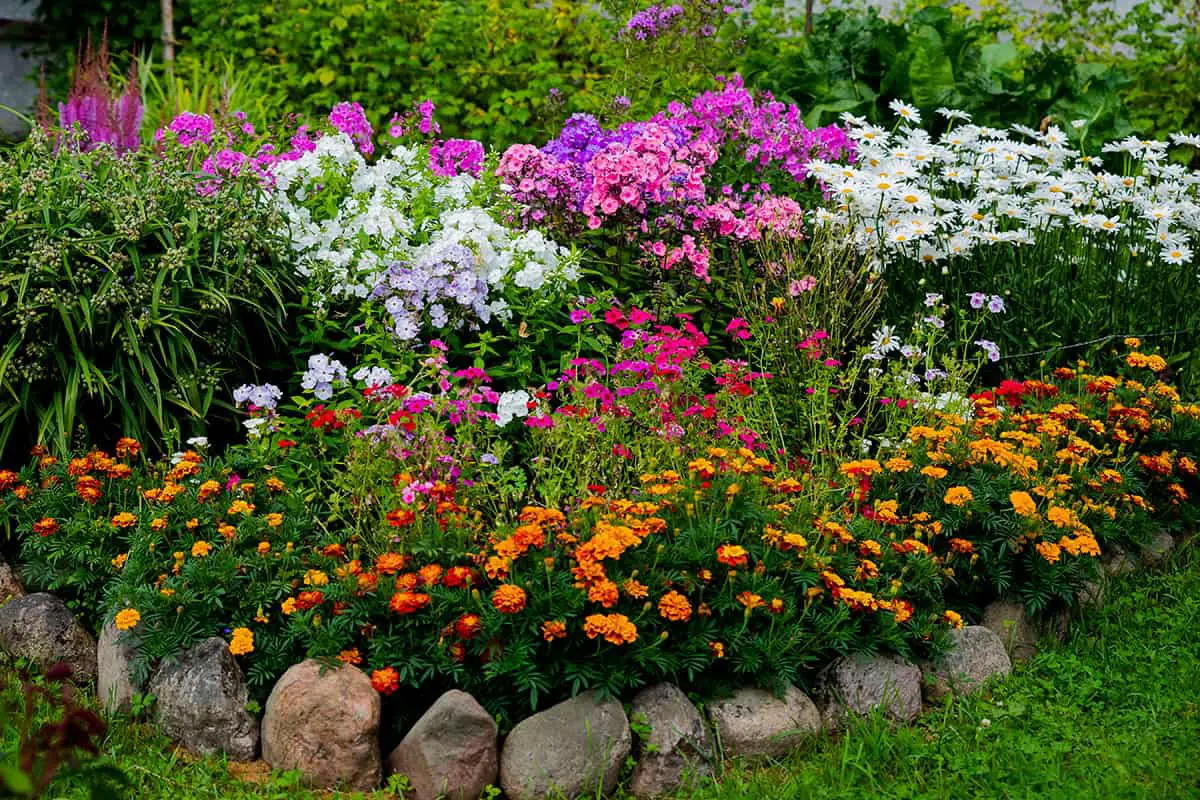
Perennial flowers are plants that live for more than two years. They may go dormant during harsh winters, but they return and bloom every spring. In contrast to annuals that complete their life cycle in one growing season, perennials offer long-term beauty and interest for your garden.
The lifespan of perennial flowers can vary widely depending on the species, growing conditions, and care they receive. In general, many perennial plants can live and bloom for several years, with some species capable of living for decades.
Some perennials, like peonies, can live for over 100 years if they’re well cared for. Others, such as daylilies (Hemerocallis spp.), might have a shorter lifespan of around 3 to 5 years before they need to be divided or replaced, although the plant itself can persist longer through division. Lavender (Lavandula spp.), for instance, often thrives in the garden for 10 to 15 years.
Characteristics Of Long-Living Perennials
Long-living perennials are known for their ability to survive and thrive for many years. These hardy plants often have a few key characteristics in common.
Firstly, most long-living perennials are drought-tolerant. They can withstand long periods without water, making them resilient in various environments. Some examples include liriope and daffodils.
Another trait of these plants is their low-maintenance nature. You don’t need to dedicate much time or effort to keep them healthy. They usually require minimal pruning, fertilizing, or pest control measures. A great example of a low-maintenance perennial is baptisia, also known as false indigo.
Most long-living perennials can adapt well to different soil types and weather conditions. This adaptability helps them establish strong root systems that support their long life. Azaleas are such perennials, as they thrive in various climates across the United States.
Lastly, these plants often spread and create a full, established look in gardens and landscapes. Long-living perennials like lilyturf can serve as excellent groundcovers and help control erosion on slopes.
Popular Long-Living Perennials
Peonies
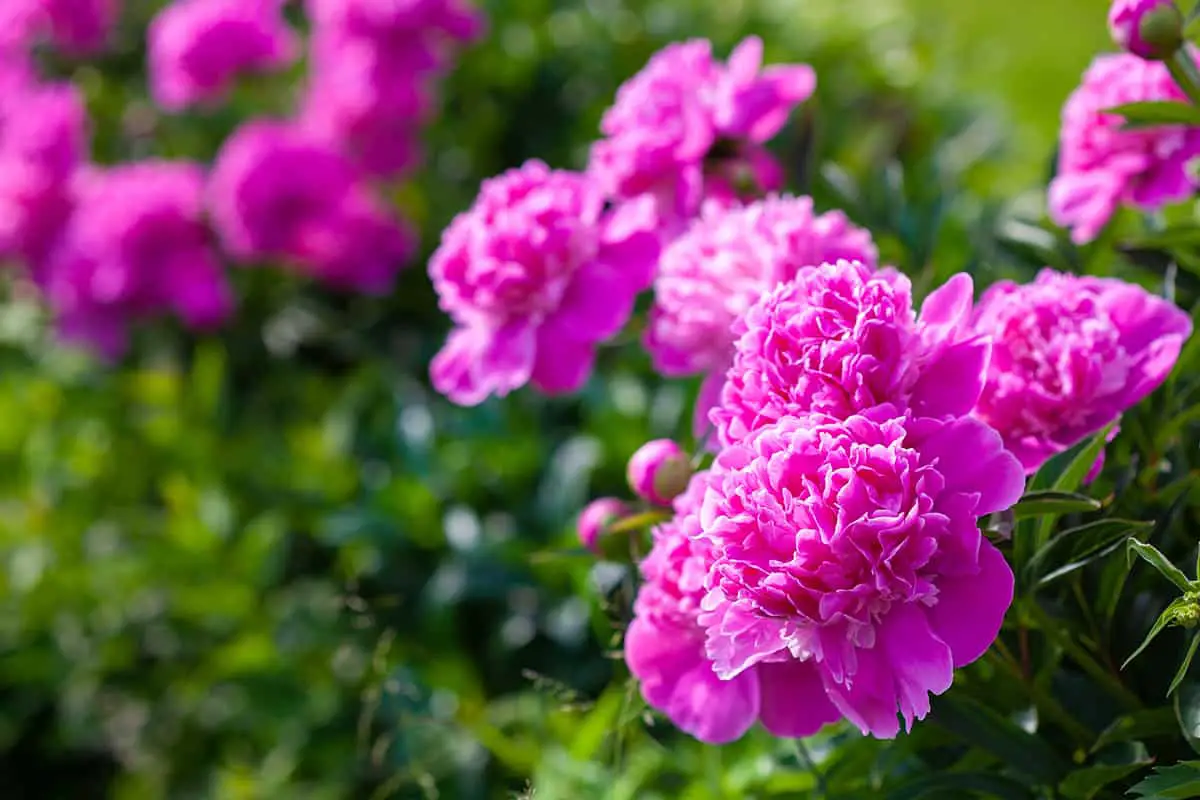
Mature Size: 2-3 ft tall; Zone: 3-8; Sun: Full to part; Color: Pink, white, red.
Peonies are long-living perennials and can thrive for decades. They have showy, fragrant blooms that come in various colors. They thrive in well-drained soil in USDA zones 3-8. Provide them with full sun to partial shade, and enjoy their beauty every spring.
Hostas
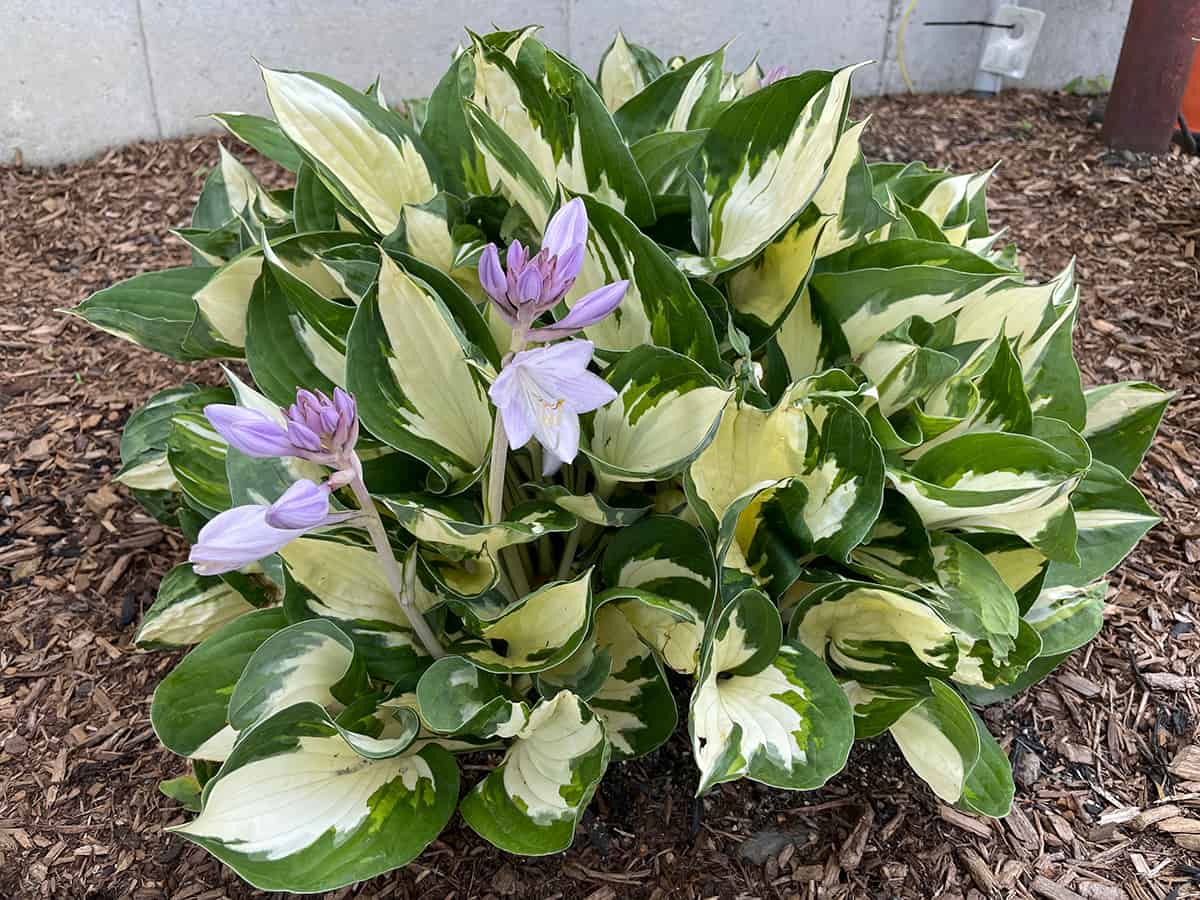
Mature Size: 1-3 ft tall and wide; Zone: 3-9; Sun: Part to full shade; Color: Green, variegated leaves.
Hostas are known for their lush, attractive foliage. They grow well in USDA zones 3-9 and prefer light to moderate shade. Hostas require little maintenance, making them an excellent choice for a long-lasting garden. They produce delicate flowers during the summer.
Daylilies (Hemerocallis)
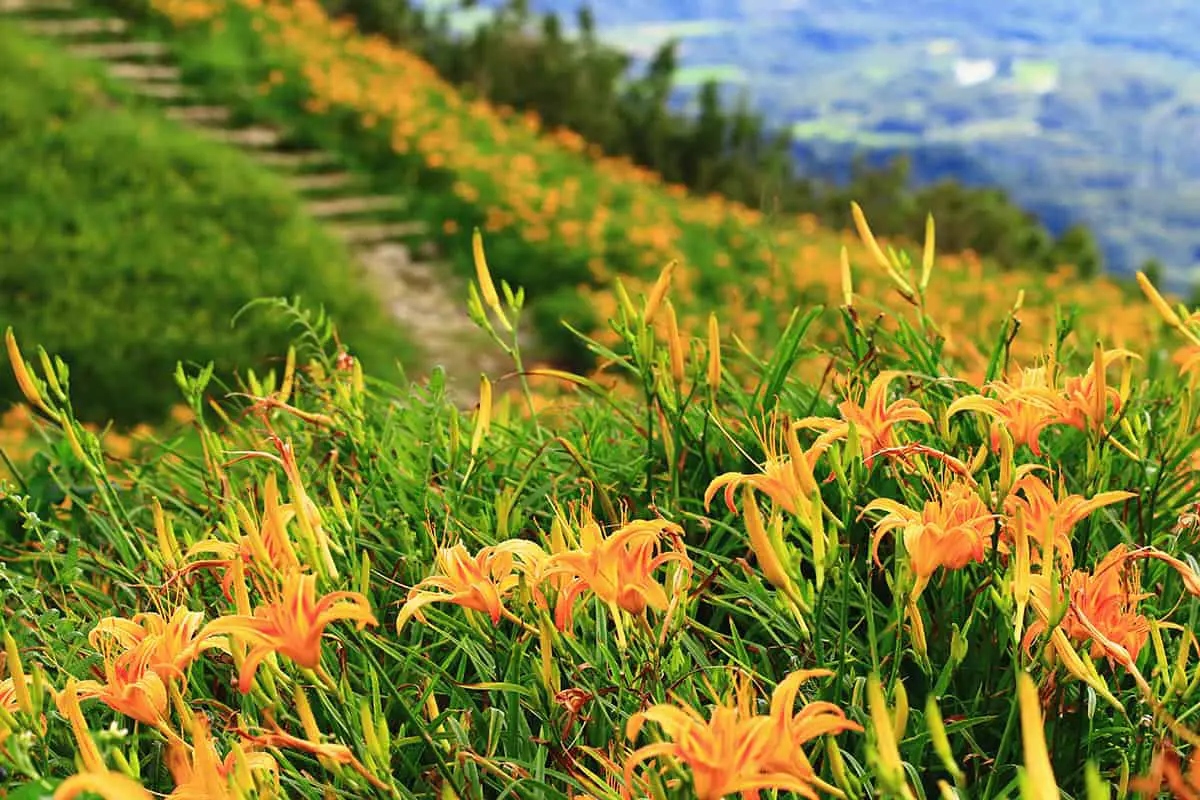
Mature Size: 1-4 ft tall; Zone: 3-9; Sun: Full to part; Color: Various.
Daylilies are versatile and low-maintenance perennials. They can be found in varying colors and sizes. Adaptable to most growing conditions, daylilies grow well in USDA zones 3-9. Give them full sun to partial shade, and you’ll enjoy their colorful blooms all summer long.
Coneflowers (Echinacea)
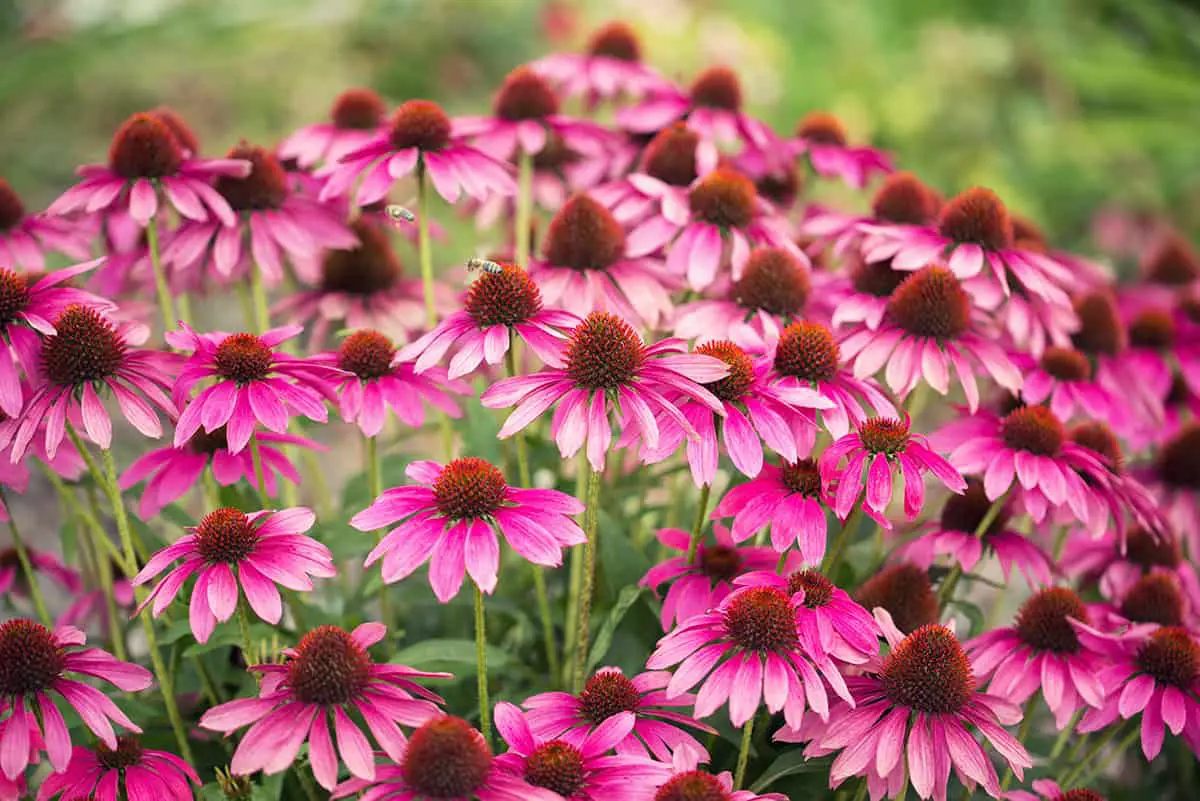
Mature Size: 2-4 ft tall; Zone: 3-9; Sun: Full; Color: Pink, purple, white.
Coneflowers are native to North America and add a dose of vibrant color to your garden. These hardy plants are drought-tolerant and attract pollinators. Keep an eye out for the classic purple coneflower, as well as other color varieties.
Black-Eyed Susans (Rudbeckia)
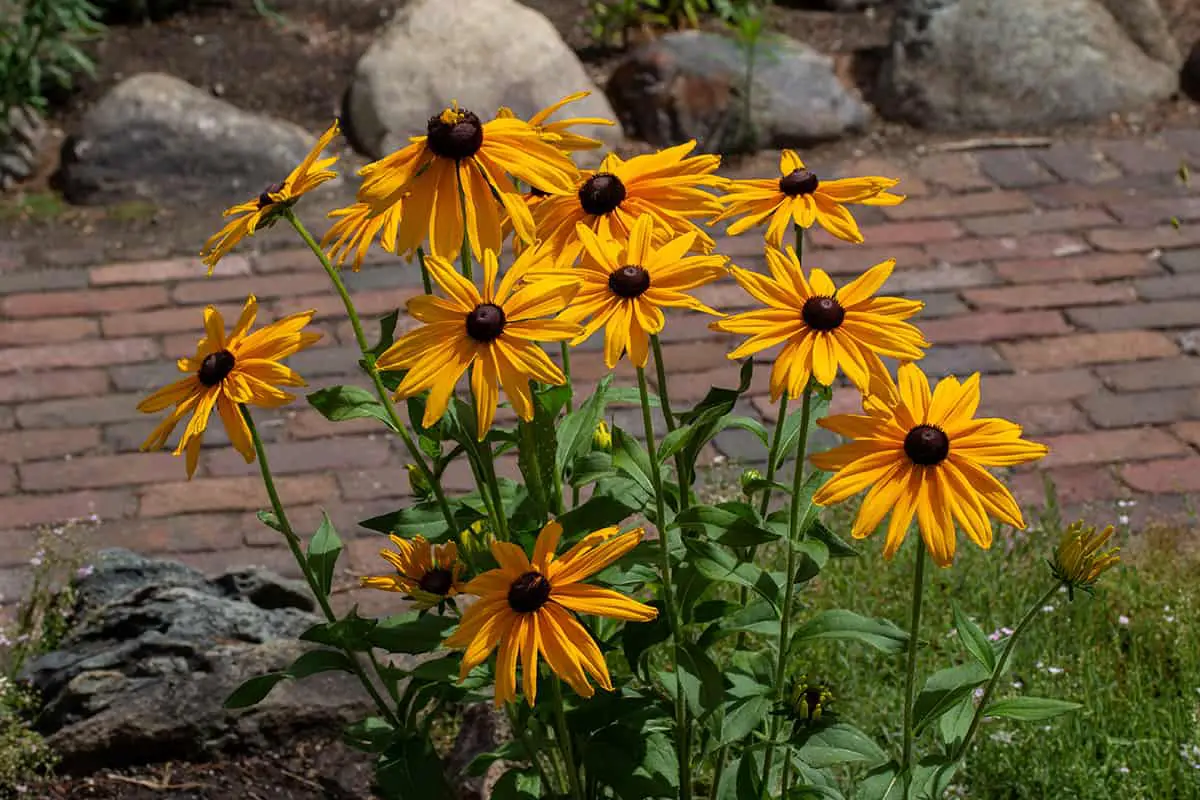
Mature Size: 2-3 ft tall; Zone: 3-9; Sun: Full; Color: Yellow, orange.
Black-Eyed Susans are popular wildflowers and garden additions. These bright, cheerful flowers bloom from summer to fall, creating a stunning display.
Siberian Iris
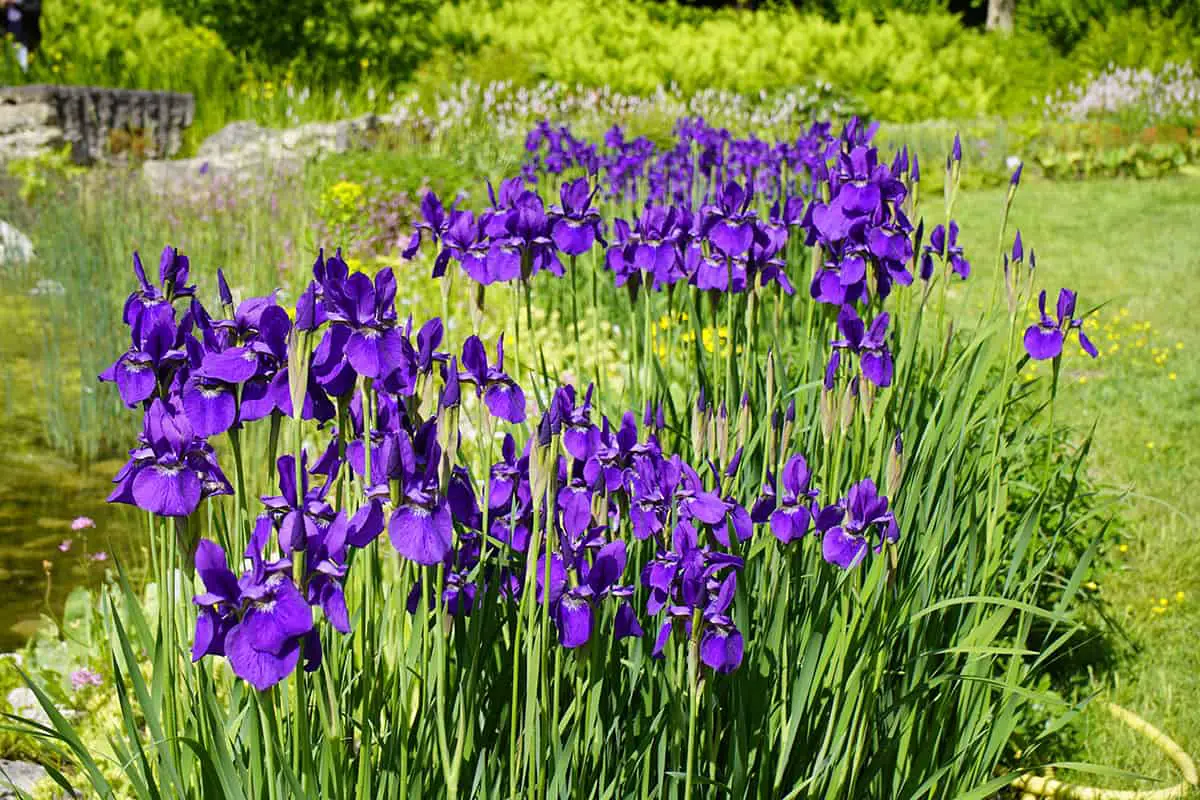
Mature Size: 2-4 ft tall; Zone: 3-8; Sun: Full to part; Color: Blue, purple, white.
Siberian Irises are known for their elegant, sword-like foliage and vibrant blooms. Plant them in moist, well-drained soil and provide full sun to light shade. Enjoy their striking beauty during late spring to early summer.
Russian Sage (Perovskia)
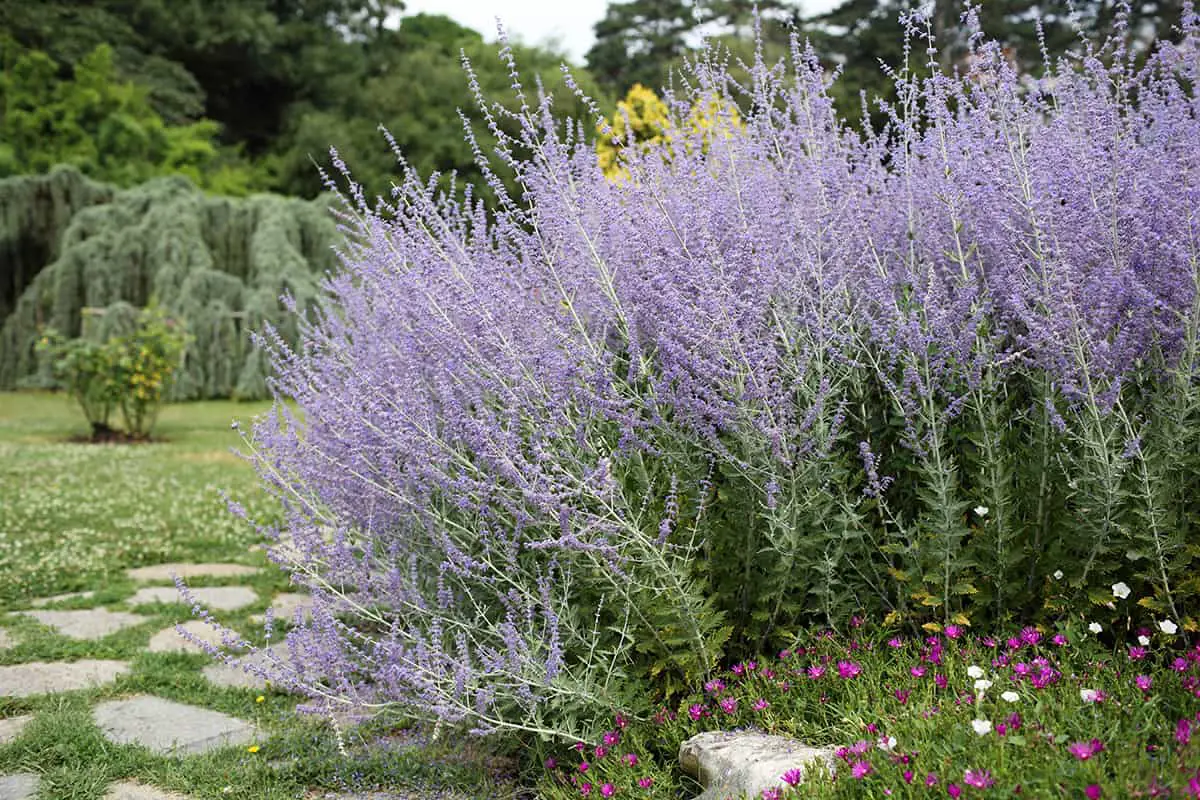
Mature Size: 3-5 ft tall; Zone: 5-9; Sun: Full; Color: Lavender-blue.
Russian Sage is a low-maintenance perennial with grey-green foliage and lavender-blue flowers. It thrives in USDA zones 5-9, requiring full sun and well-draining soil. The aromatic blooms attract butterflies and hummingbirds, creating a lively garden throughout summer.
Lavender

Mature Size: 1-3 ft tall; Zone: 5-9; Sun: Full; Color: Purple.
Lavender is beloved for its lovely fragrance and beautiful purple flowers. It thrives in well-draining soil and full sun, making it suitable for USDA zones 5-9. Lavender is used for various purposes, from landscaping to culinary and medicinal applications.
Sedum (Stonecrop)
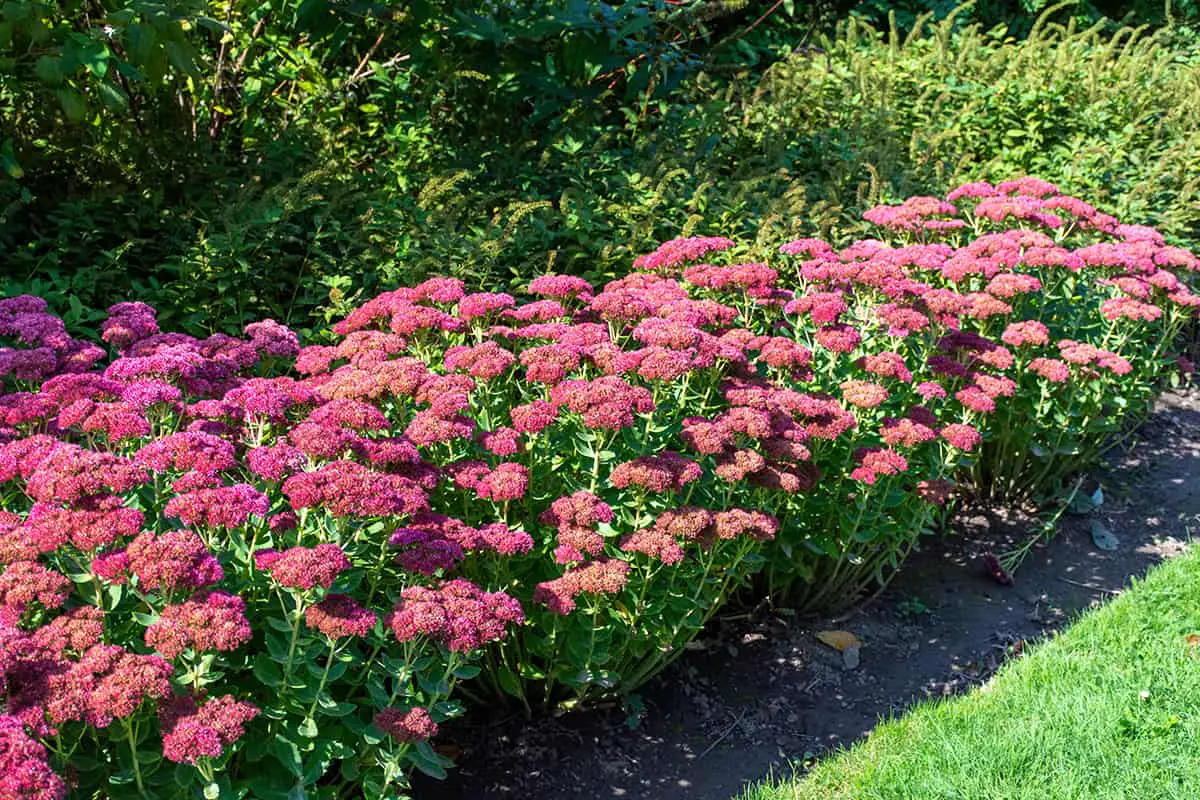
Mature Size: 6 in-2 ft tall; Zone: 3-9; Sun: Full; Color: Pink, red, yellow.
Sedum is a versatile perennial that comes in various forms, from creeping groundcover to tall, upright plants. It thrives in well-drained soil in USDA zones 3-9, requiring full sun. Enjoy the spectacular blooms from summer to fall, depending on the variety.
Astilbe

Mature Size: 1-5 ft tall; Zone: 3-8; Sun: Part shade; Color: Pink, red, white.
Astilbe is known for its feathery plumes and fern-like foliage. It thrives in USDA zones 3-8 with partial shade and consistently moist soil. Their flowers come in various colors, including pink, red, white, and lavender.
Shasta Daisy (Leucanthemum X Superbum)
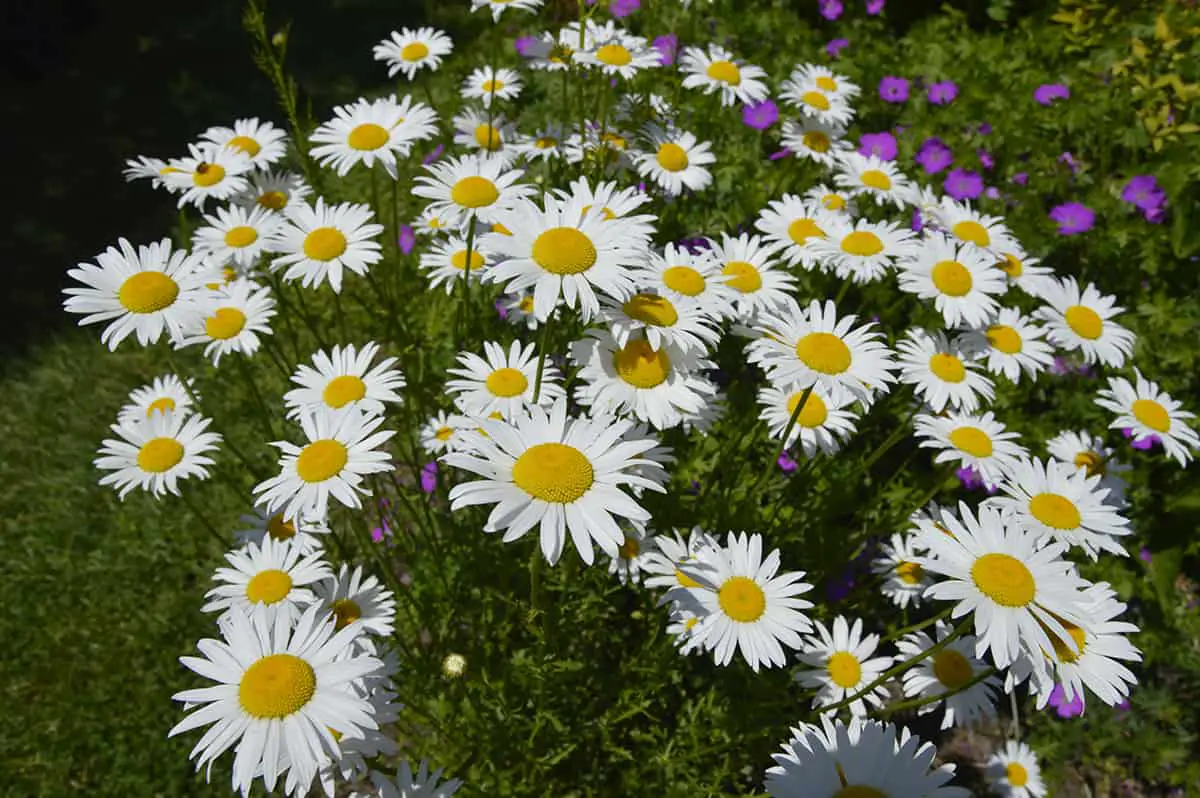
Mature Size: 2-3 ft tall; Zone: 5-9; Sun: Full; Color: White.
Shasta Daisies are classic perennials with bright, cheery blooms. They thrive in USDA zones 5-9, preferring full sun and well-draining soil. These daisy-like flowers bloom from early summer to fall and are perfect for cut flower arrangements.
Bleeding Heart (Dicentra Spectabilis)
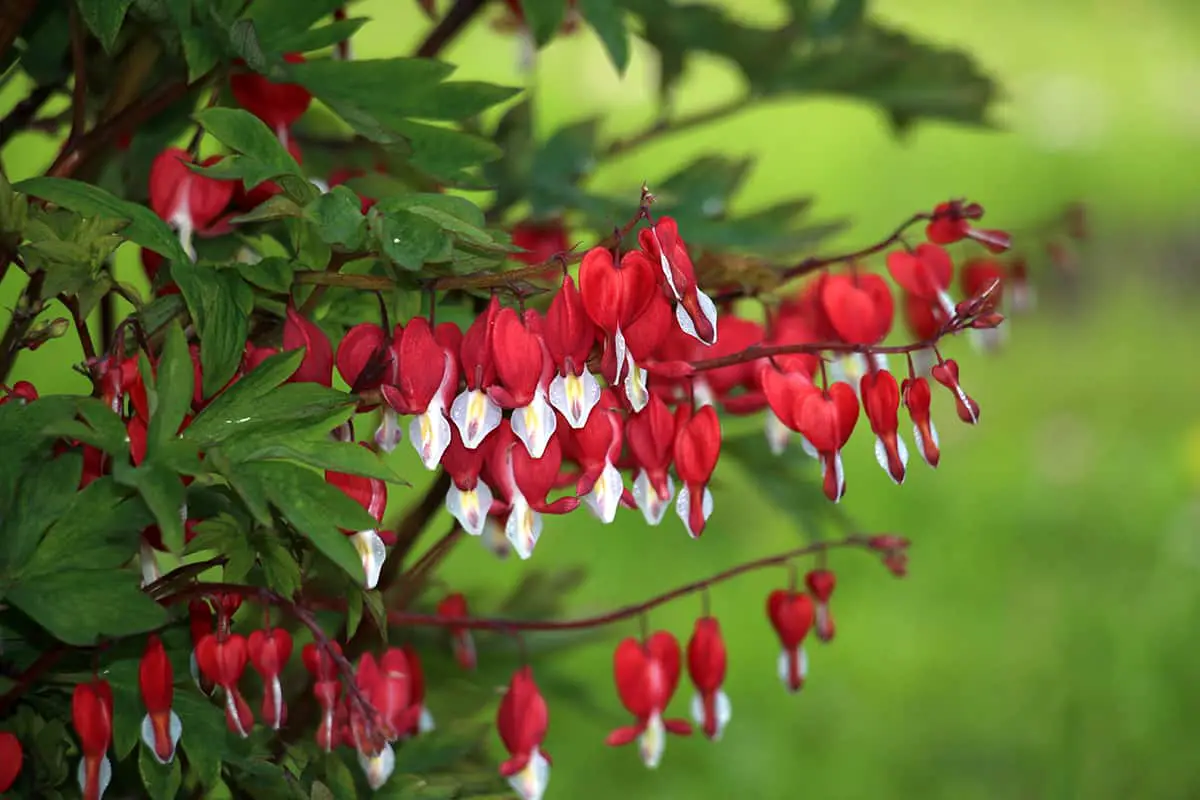
Mature Size: 1-3 ft tall; Zone: 3-9; Sun: Part shade; Color: Pink, white.
Bleeding Heart plants boast unique, heart-shaped flowers that cascade along arching stems. They grow best in USDA zones 3-9 with light shade and moist, well-draining soil. Their delicate blooms can be found in shades of pink and white during the spring.
Coral Bells (Heuchera)
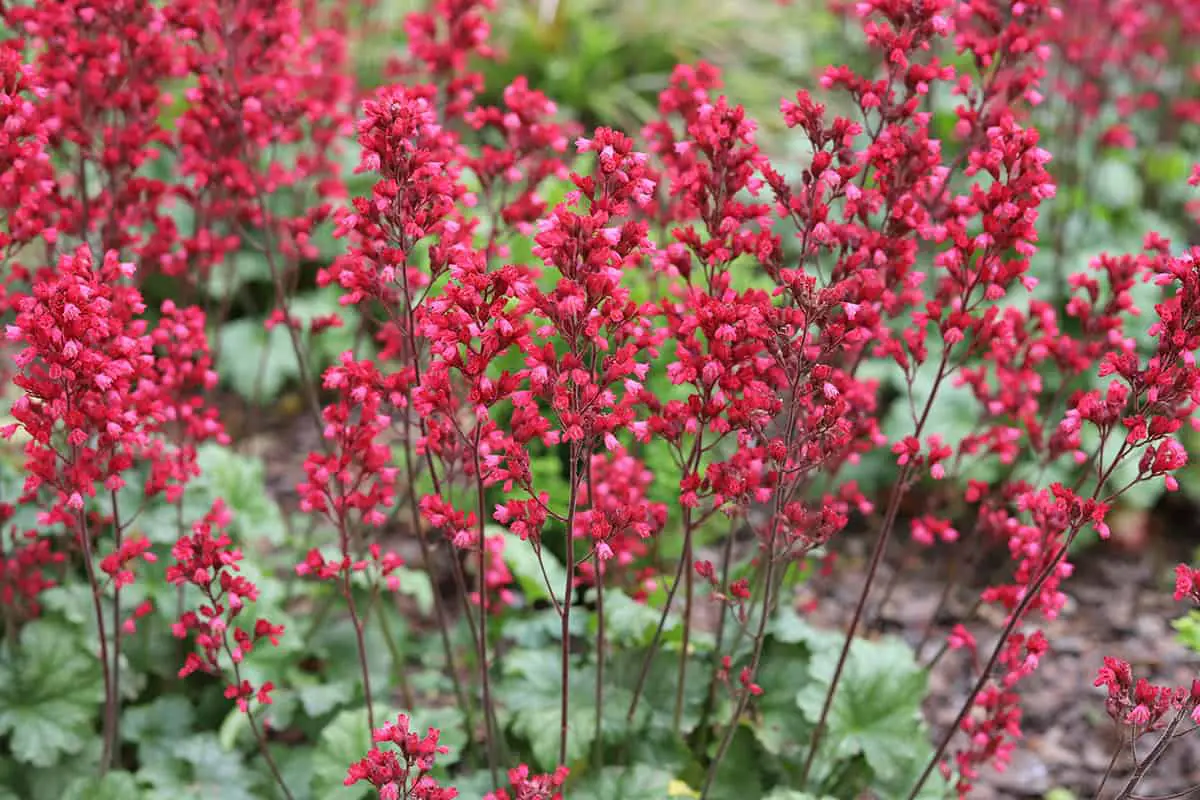
Mature Size: 1-2 ft tall; Zone: 4-9; Sun: Part to full shade; Color: Varied foliage.
Coral Bells offer vibrant, richly-colored foliage in addition to their delicate bell-shaped flowers. Plant them in well-draining soil and provide partial shade. Enjoy their evergreen presence throughout the year and flowers in late spring to early summer.
Phlox

Mature Size: 2-4 ft tall; Zone: 4-8; Sun: Full to part; Color: Pink, purple, white.
Phlox plants produce clusters of fragrant flowers in various colors. They grow well in USDA zones 4-8. Plant them in full sun with well-draining soil. Depending on the variety, phlox can bloom from spring to fall.
Salvia
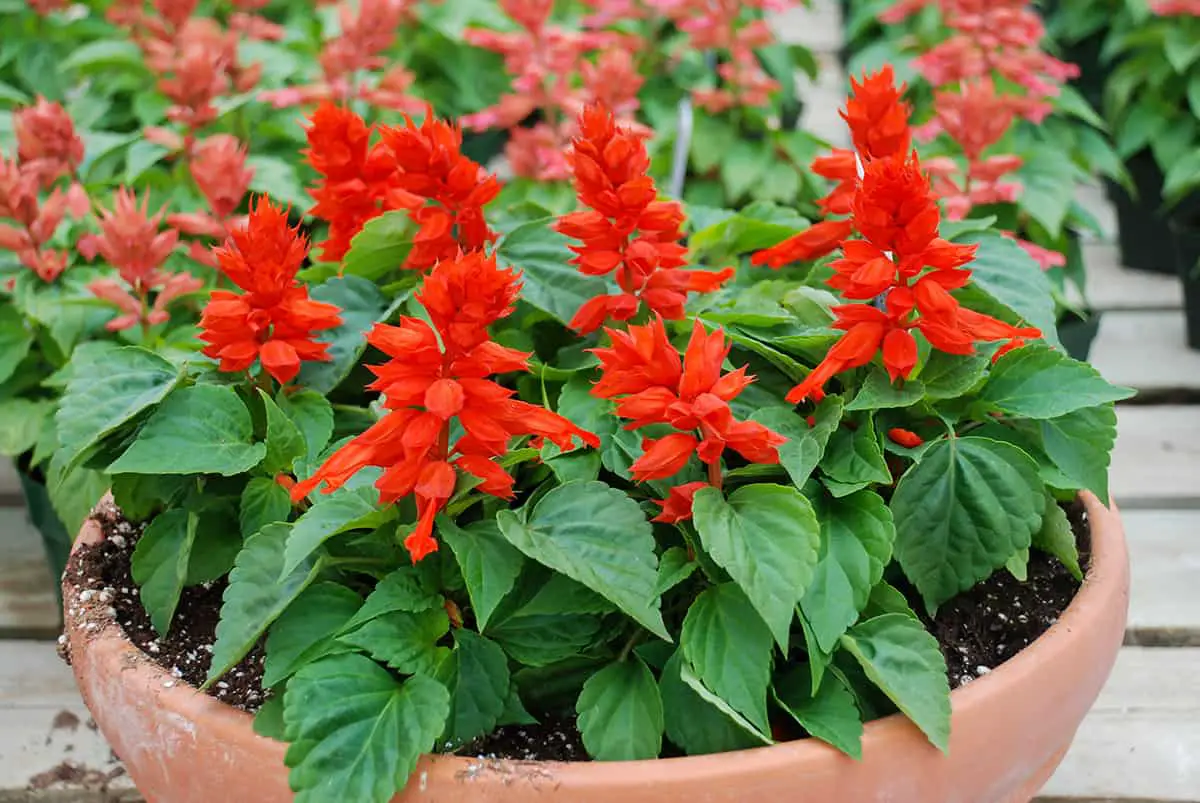
Mature Size: 1-5 ft tall; Zone: 4-9; Sun: Full; Color: Blue, purple, red.
Salvia plants are loved for their spiky flowers that attract pollinators. They grow in USDA zones 4-9, depending on the variety. Salvia prefers full sun and well-draining soil. Enjoy these attractive flowers from late spring to early fall.
Bee Balm (Monarda)
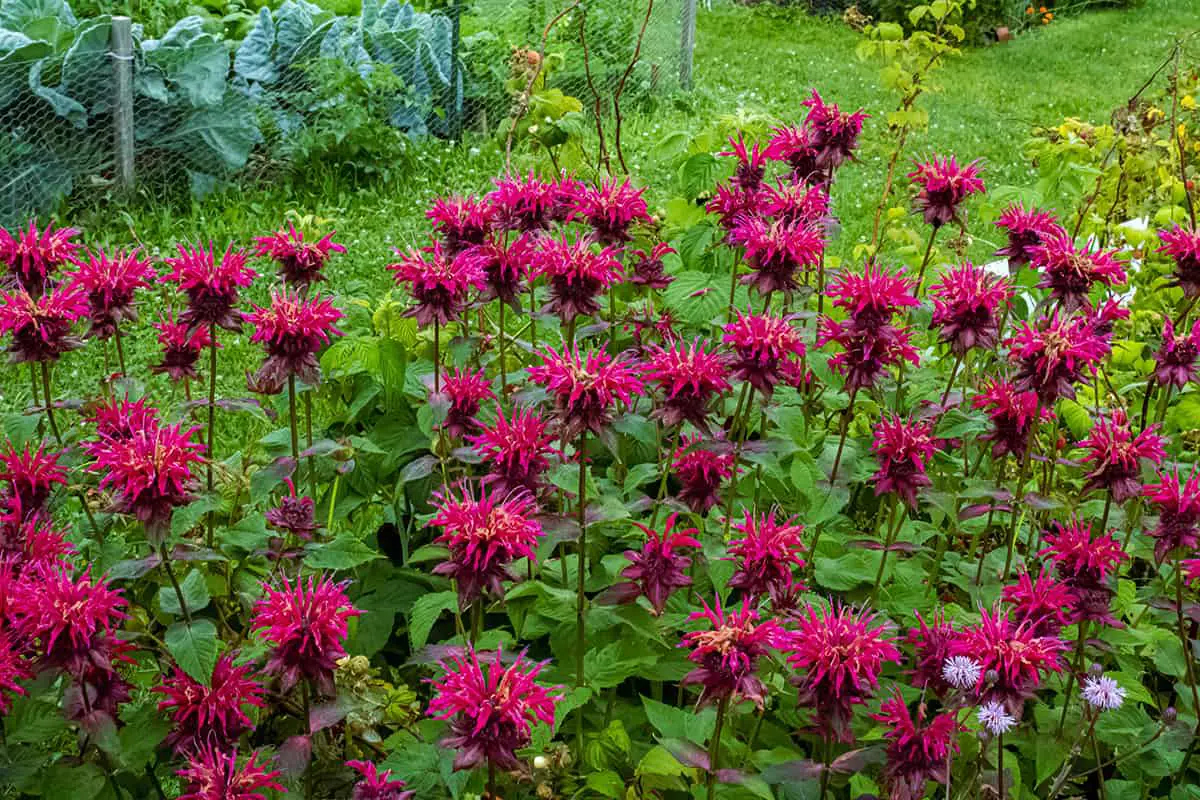
Mature Size: 2-4 ft tall; Zone: 4-9; Sun: Full to part; Color: Pink, red, purple.
Bee Balm is a beautiful native wildflower that attracts bees, hummingbirds, and butterflies. It thrives in USDA zones 4-9 with full sun. Bee Balm’s unique tubular flowers bloom in mid-to-late summer and come in various shades of red, pink, and purple.
Lupines
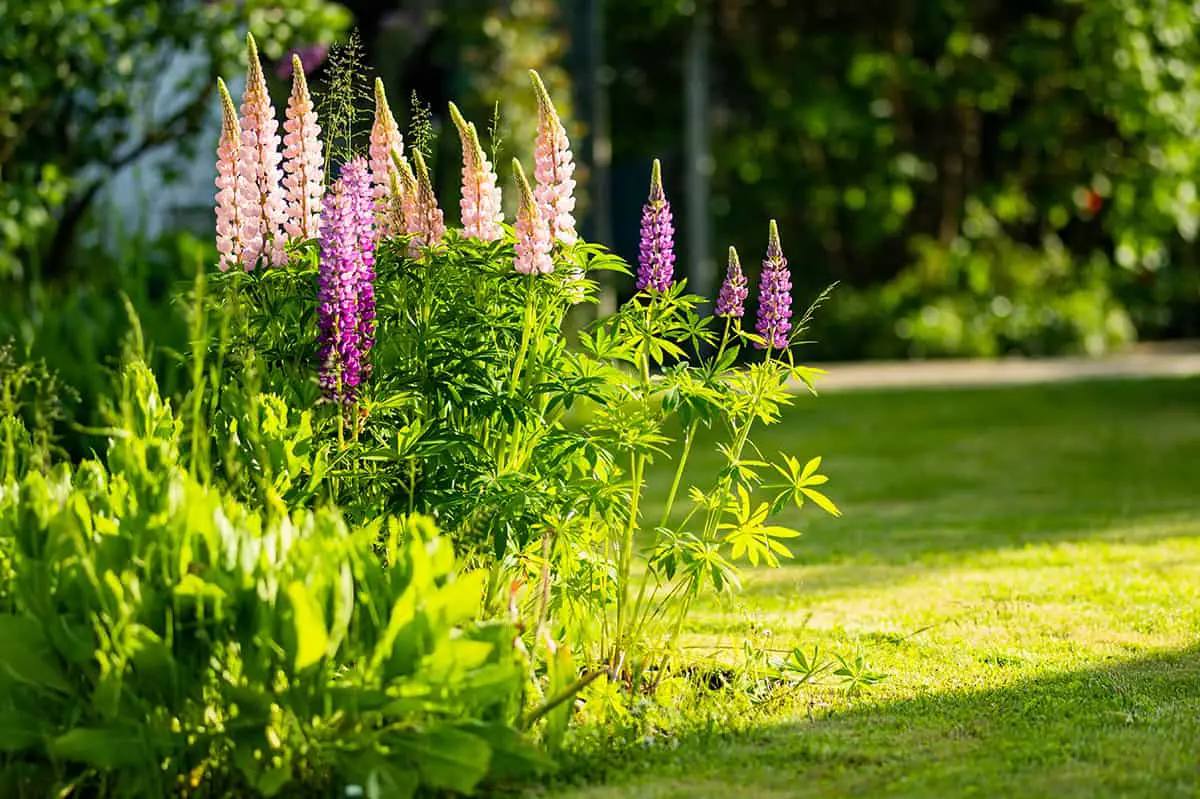
Mature Size: 1-3 ft tall; Zone: 3-7; Sun: Full to part; Color: Blue, purple, pink.
Lupines are known for their tall, showy flower spikes and palm-shaped foliage. They thrive in USDA zones 3-7. Plant them in full sun to light shade and well-draining soil. Enjoy their captivating blooms from late spring to early summer.
Garden Chrysanthemums
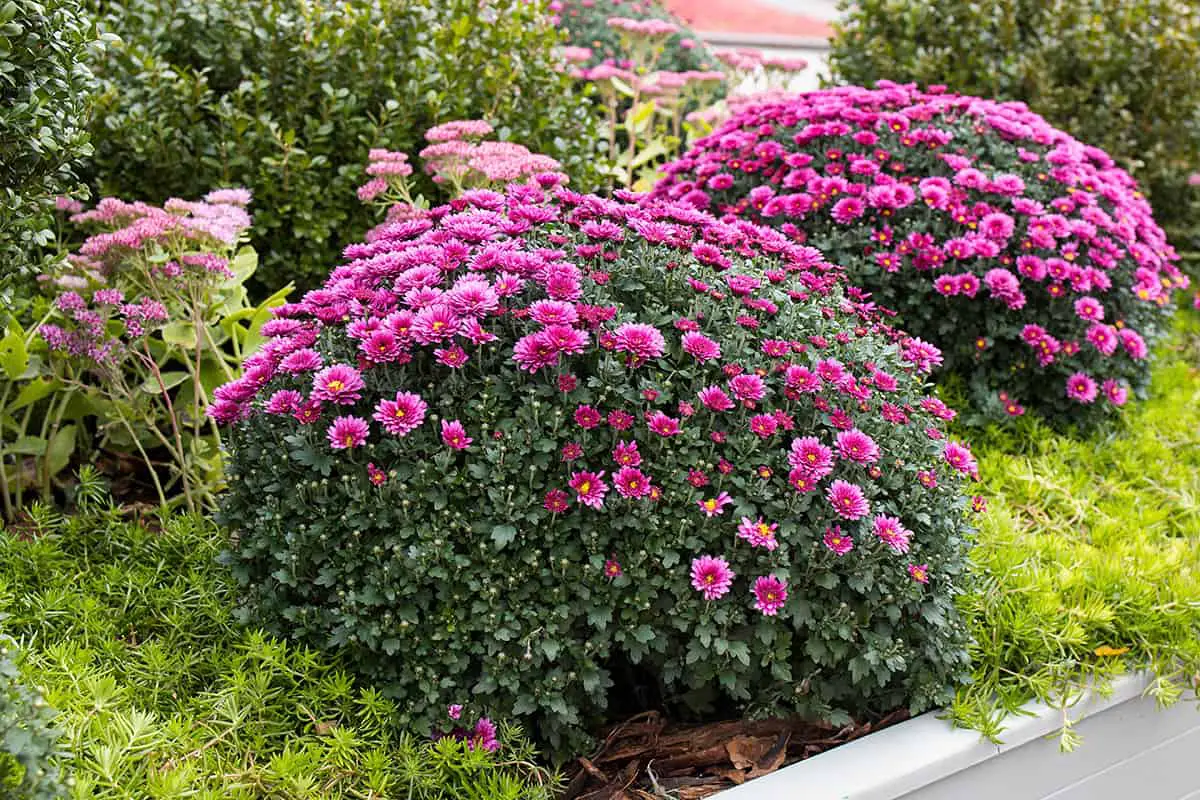
Mature Size: 1-3 ft tall; Zone: 5-9; Sun: Full; Color: Various.
Garden Chrysanthemums are a popular fall-blooming perennial. They grow well in USDA zones 5-9 with full sun and well-draining soil. Chrysanthemums come in various colors and types, making them a versatile addition to your garden.
Catmint (Nepeta)
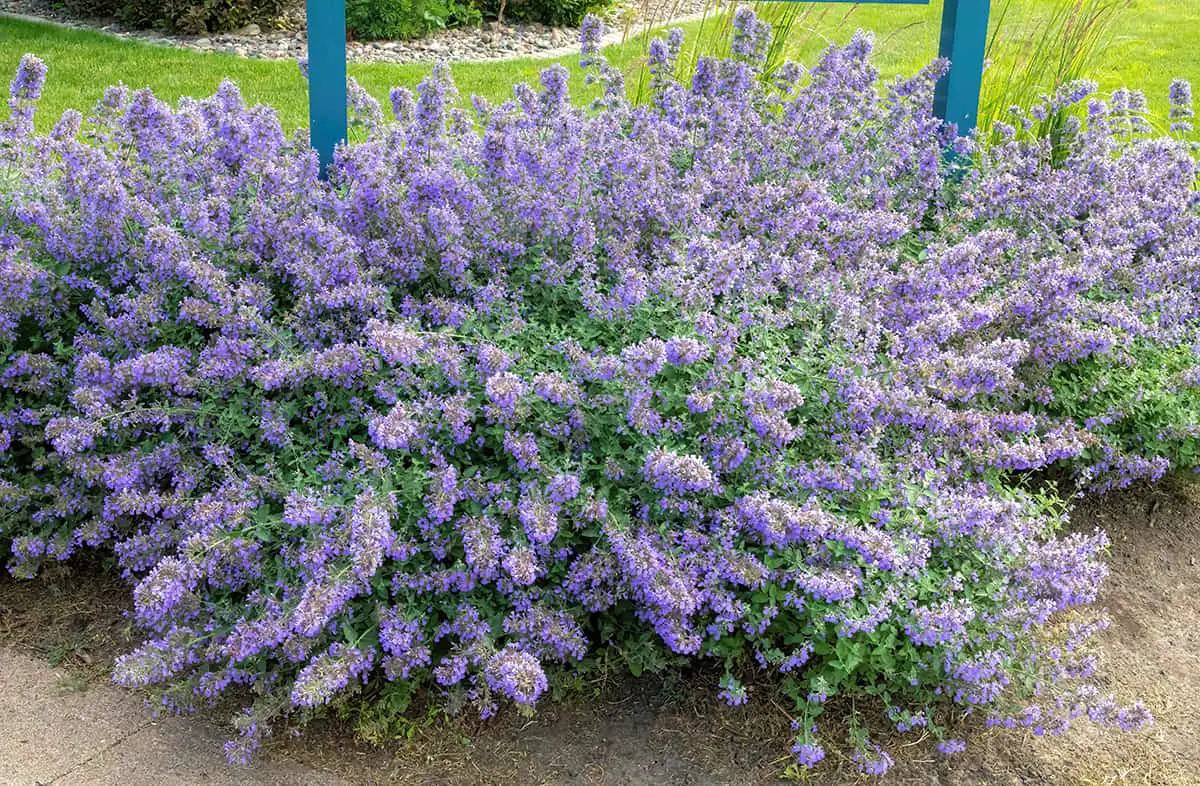
Mature Size: 1-2 ft tall; Zone: 3-9; Sun: Full; Color: Blue, lavender.
Catmint is a low-maintenance, long-blooming perennial with blue-violet flowers. It thrives in USDA zones 3-9 with full sun and well-draining soil. Catmint blooms from late spring to fall and is known to attract cats, bees, and butterflies.
Yarrow (Achillea)

Mature Size: 2-3 ft tall; Zone: 3-9; Sun: Full; Color: Yellow, red, pink.
Yarrow is a drought-resistant perennial with fern-like foliage and flat clusters of flowers. It grows well in USDA zones 3-9, requiring full sun. Yarrow flowers bloom from early summer to fall in various colors, including white, yellow, pink, and red.
Hellebores (Helleborus)
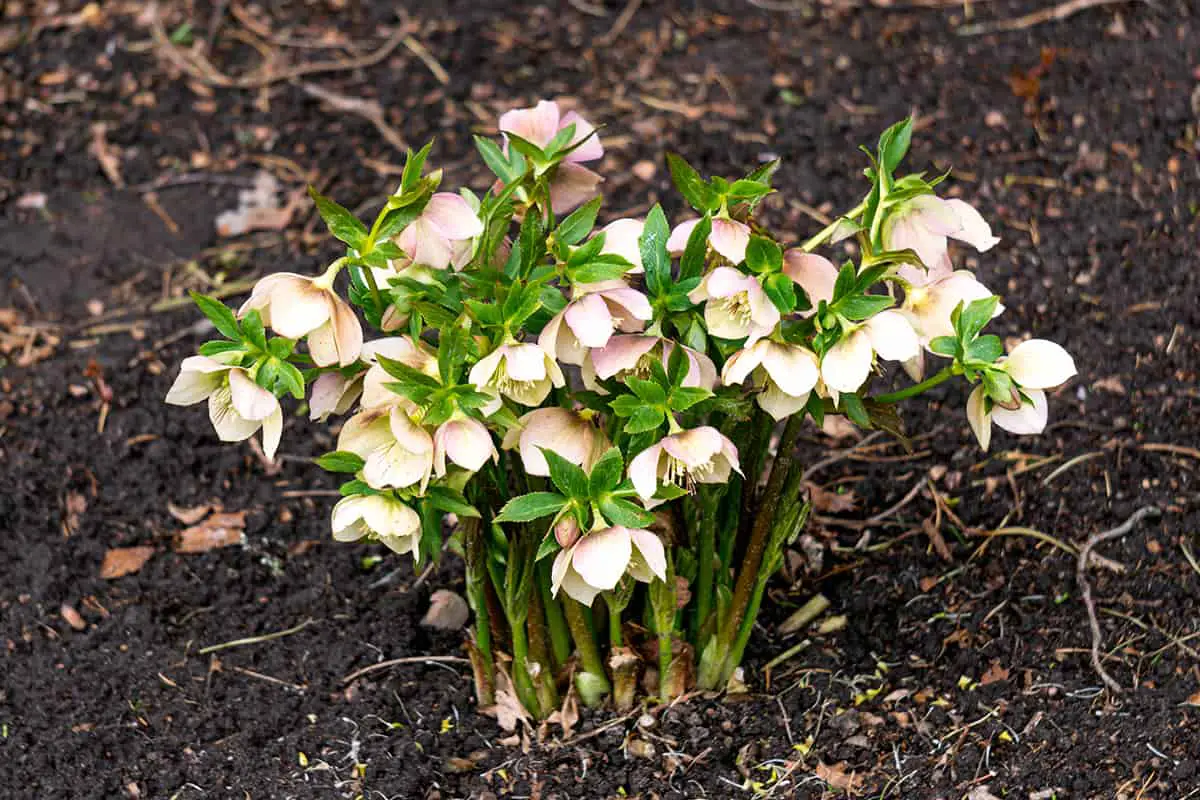
Mature Size: 1-2 ft tall; Zone: 4-9; Sun: Part shade; Color: Green, white, pink.
Hellebores are prized for their early blooms, often appearing during late winter to early spring. They grow in USDA zones 4-9, preferring partial to full shade and well-draining soil. Hellebores offer a range of flower colors, including pink, white, green, and purple.
Goldenrod (Solidago)
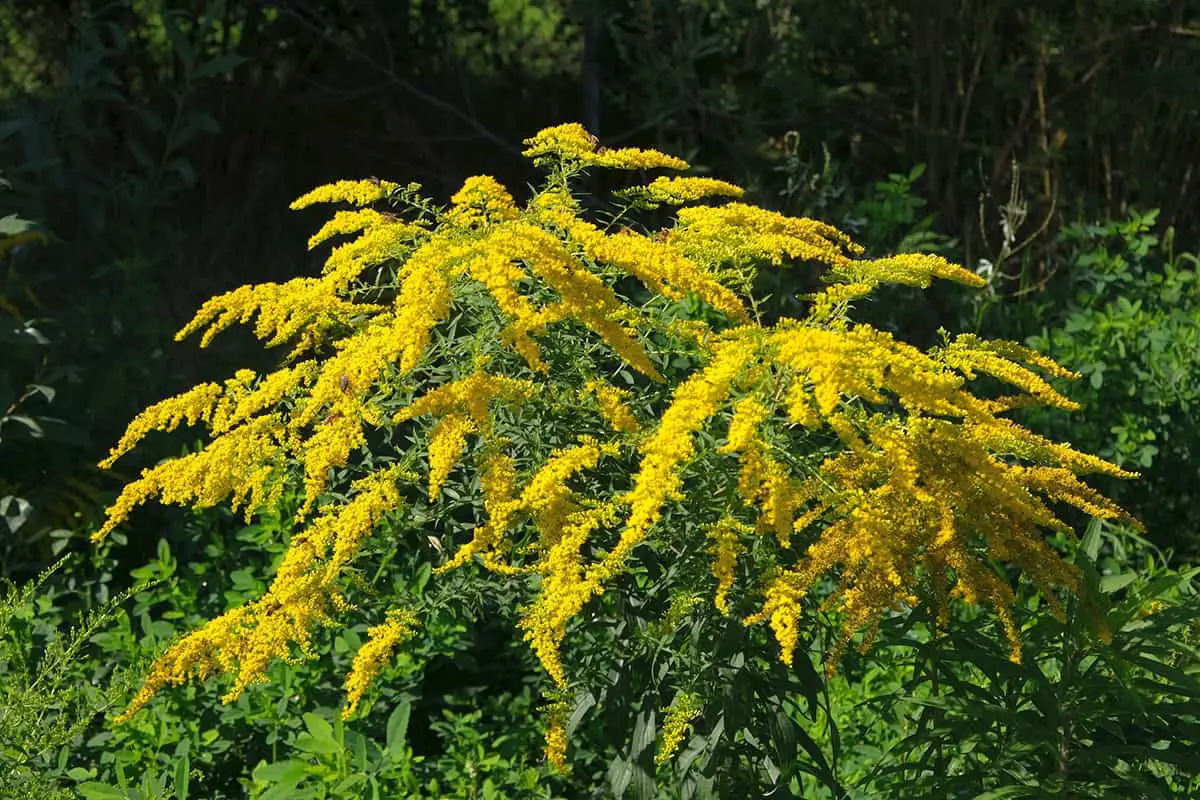
Mature Size: 2-5 ft tall; Zone: 2-8; Sun: Full; Color: Yellow.
Goldenrod produces tall, bright yellow flower spikes that are perfect for adding late-season color to your garden. They grow in USDA zones 2-8 and prefer full sun. Goldenrod is low-maintenance and drought-tolerant, blooming from late summer to fall.
